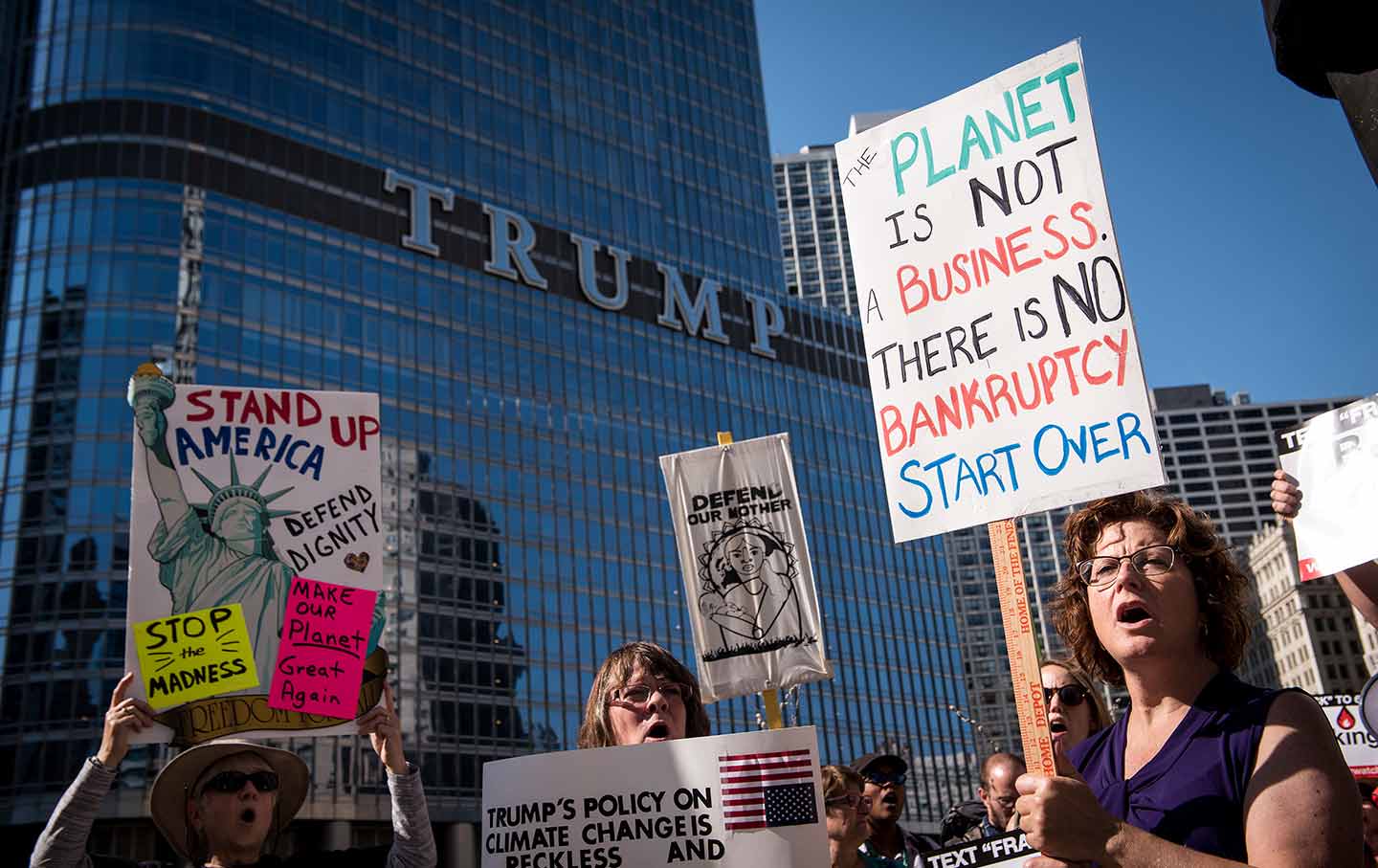As someone interested in environmental justice, I often see two types of discourse: academic and practical. Academics delve into abstract ideas and look at the big picture; they discuss countries, populations, the whole world as a unit. They theorize about what we — humans — must do, and they’re able to generate ideas and solutions at the scale of entire economies and cultures. And we need this sort of thinking because we have to dream big if we’re going to solve big problems; limiting our imaginations only limits what we’re able to create and accomplish.
But the danger of academic discourse is that it risks losing sight of the reality faced by the average person. I’m a highly educated individual with a vested interest in learning about these subjects, and even I have trouble getting through some of the dense, abstract writings I’ve encountered from environmental theorists. The problem isn’t that these writers are out of touch; it’s that they don’t realize that they need to present their ideas in ways that are accessible and relatable to non-academics.
On the other hand, practical discourse — by activists, nonprofits, teachers, community members — has the ability to cut through the noise and connect to individuals on a personal level. A good example of the benefits and drawbacks this is a politician giving a speech to their constituents: they speak directly to the people about problems and solutions that affect them directly, but they play it safe and avoid anything that would be perceived as drastic, extreme, radical, or otherwise too difficult and challenging to actually implement. Practical changemakers can sometimes be limited by realism — or, more often, fear. Radical change is difficult and frightening, and breaking out of one’s comfortable mindset and beginning to recognize and question the status quo is never easy. It’s fine to speak in hypotheticals, but when it comes to actually enacting change… it’s more easily said than done.
But we have to have both of these practices if we want to be able to actually take action on large-scale, status quo-altering problems. Our task must be to strike the right balance between big dreams and relatable, achievable actions. We have to be brave and ambitious enough to question institutions as absolute as capitalism, our system of government, societal expectations, and our cultural landscape — but we also have to approach these fixtures from an angle that unites people in hope and excitement rather than fear and visions of the apocalypse. Without the power of everyone acting together for a common cause, it is unlikely that anything meaningful will be accomplished before it is too late.
There is an important caveat to this vision: by the very nature of the structure of our society, there will be opposing clans in this struggle. China Miéville writes,
Rather than touting togetherness, we fight best by embracing our not-togetherness. The fact that there are sides. Famously, we approach a tipping point. Rather than hoping for cohesion, our best hope lies in conflict. Our aim, an aspect of our utopianism, should be this strategy of tension.
However, as Karl Marx has perhaps most famously discussed, those that are suffering and oppressed outnumber their oppressors by the hundreds — the people that will be at the forefront of the fight to stop climate change are more numerous than those that would cut down trees and destroy oceans and ecosystems if they thought they could make a profit. If these people — the downtrodden, the working class, the victims, the poor and forgotten, or even just those who care a great deal — can mobilize and realize the power of collectivity and solidarity, no oil company or real estate developer can stand in their way. This sentiment is everywhere in academic and activist circles, so I’ll close out with a few of my favorite examples:
To quote a popular (although incorrrect) paraphrase of the conclusion of Marx’s Communist Manifesto, “Workers of the World, Unite. You have nothing to lose but your chains!”
And from Rebecca Solnit:
“… power comes from the shadows and the margins, that our hope is in the dark around the edges, not the limelight of center stage. Our hope and often our power. “
“Together we are very powerful, and we have a seldom-told, seldom-remembered history of victories and transformations that can give us confidence that yes, we can change the world because we have many times before.”
References:
Marx, K. and Engel, F. (1848). Communist Manifesto. Moscow: Progress Publishers, pp.14-27.
Miéville, C. (2015, August 1). The Limits of Utopia. Retrieved from http://salvage.zone/in-print/the-limits-of-utopia/
Solnit, R. (2017). Grounds for Hope. Tikkun 32(1), 30-39. doi: 10.1215/08879982-3769066
